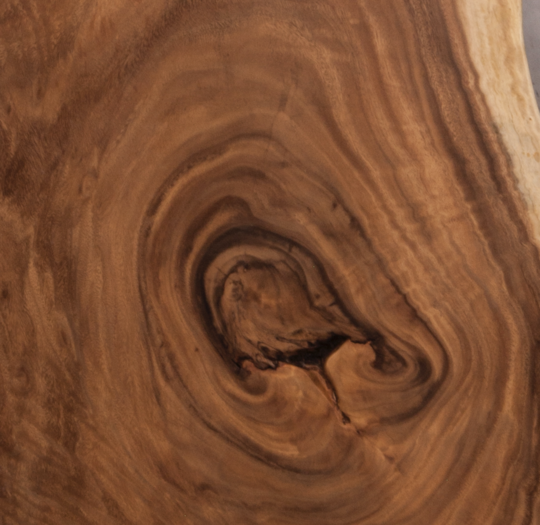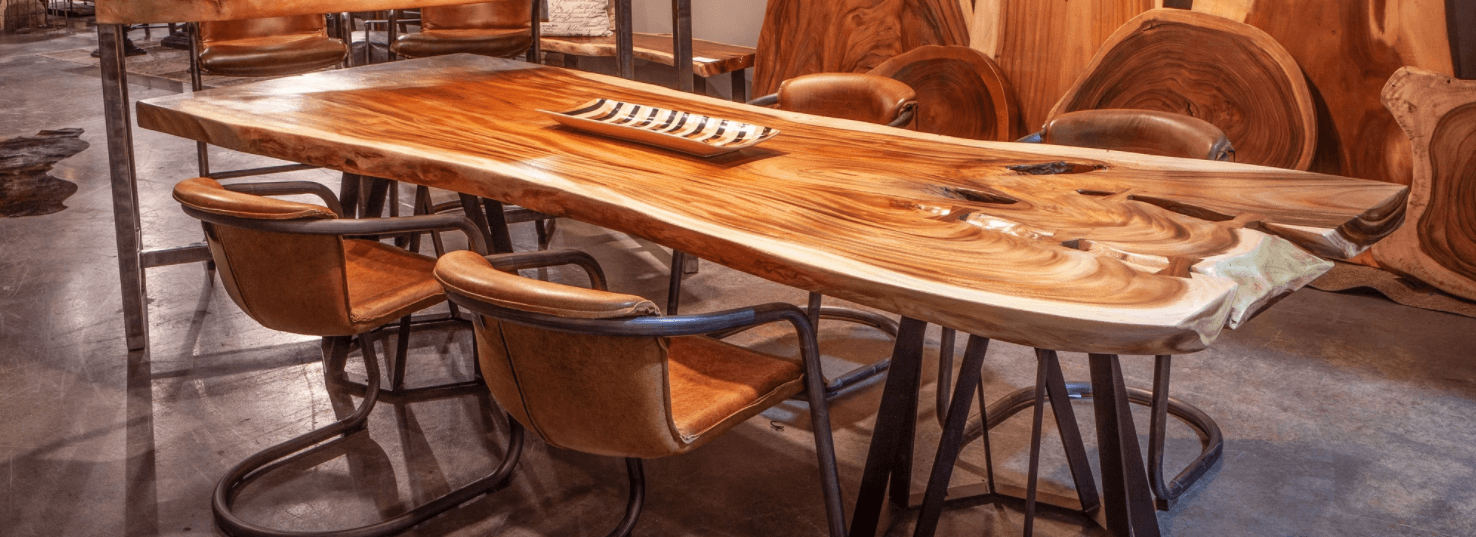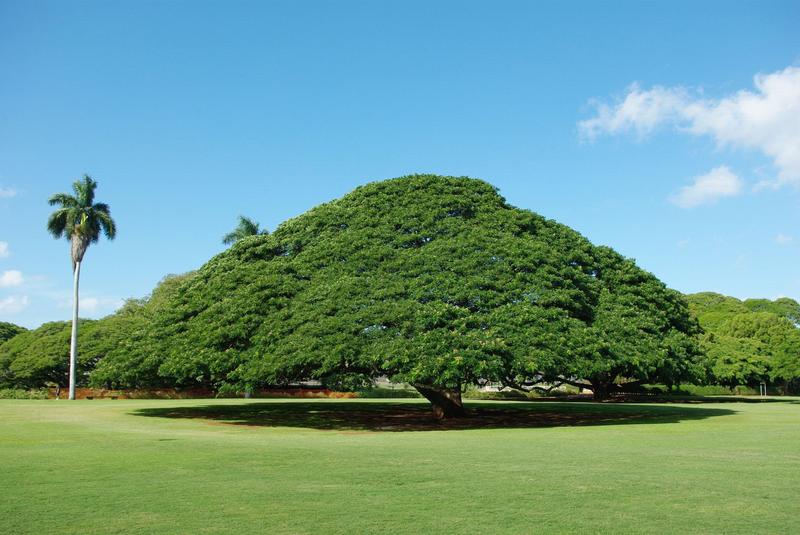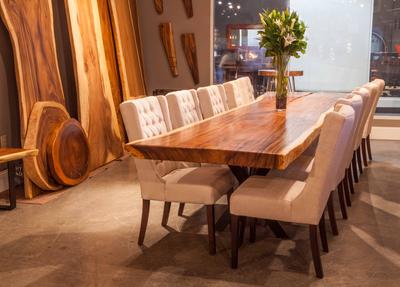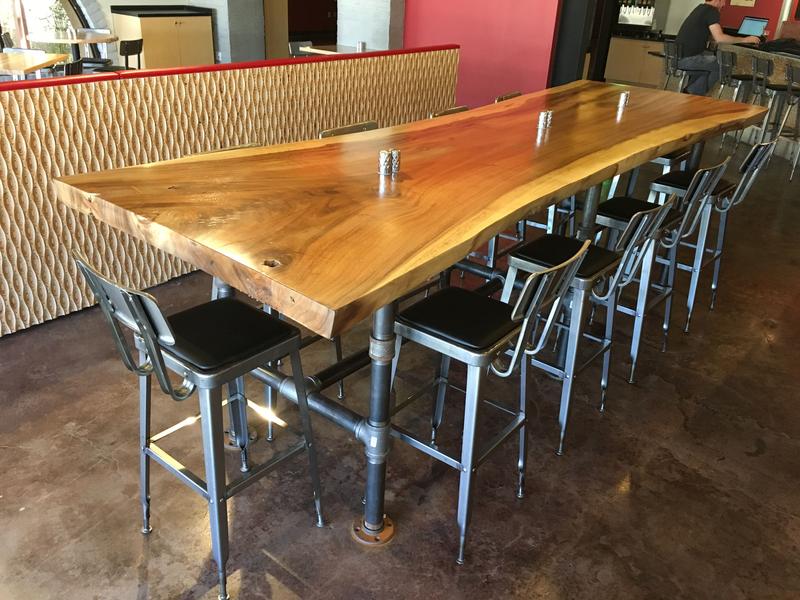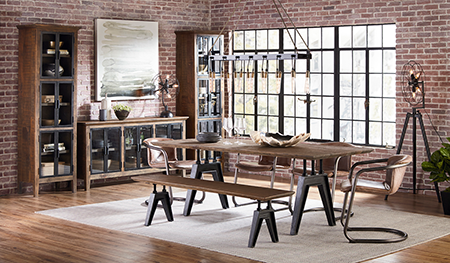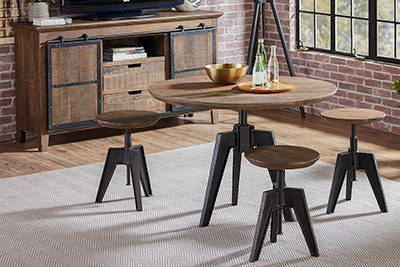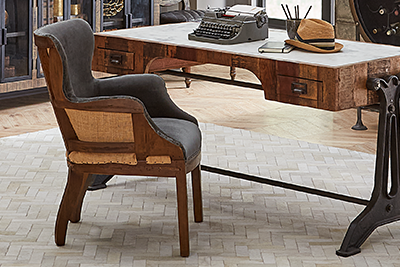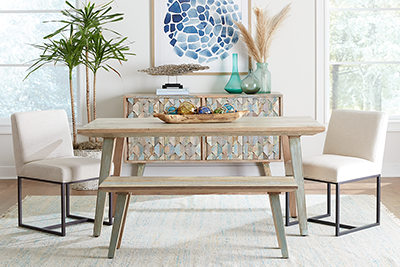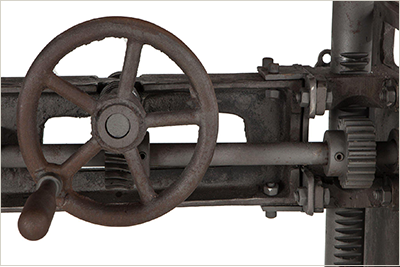Monkey Pod Wood Furniture
Before You Buy
|
Imagine this: you're on the hunt for furniture. Not just any piece will do; you want something that's timeless, durable, and easy to maintain, so you decide to go with a solid wood piece. You do a little bit of research. Come to find out, there's a massive amount of different types of wood to choose from. It's a little overwhelming! No worries, though, we've got you covered. This article is part of our series on the woods and techniques we use here at World Interiors, detailing everything you need to know before you buy. A little education goes a long way when choosing furniture for your home, especially if you are looking for something stylish, but that has the quality to last. Keep reading... WHAT IS MONKEY POD WOOD? |
| One of the amazing materials we are using at World Interiors is a fast growing tropical tree that can be sourced responsibly, but that has amazing durability and character. The Monkey Pod Tree (Scientific Name Albizia Saman), also known as Raintree, Suar, and Mimosa, is a hardwood tree native to Southeast Asia. Due to its large canopy and natural beauty, many countries have elected to plant it on the sides of roads and in parks as an aesthetically pleasing way to provide shade. It is a fast growing species, and can reach maturity in 20 years or so. |
A Monkey Pod tree in Maui, HI. |
THE MONKEY TREE IN HISTORY & CULTUREThe history behind the nameRight now, you may very well be thinking, "Monkey Pod Tree? What kind of name is that?" It may bring to mind the image of some novel tree from another planet that grows monkeys as fruits. The reality isn't that far off! It's believed that it came from the monkeys that love to gather on these huge trees in order to eats its sweet, sweet seed pods. Others think that it came from a variation of one of its scientific names, Pithecellobium, which means "monkey earring" in Greek. Additional novel names have also been given to this unique tree. Another popular name for monkey pod is "rain tree." It's been named this, partly due to its leaves, which curl up at night, allowing rain to easily pass to the ground. The Monkey Pod tree also adds plenty of nitrogen to the surrounding soil, making grass around it greener, and, during heavy flowering, the stamens from its flowers sometimes drop, rain-like, to the ground, hence the name "rain tree". Culture Connection: Monkey Pod Tree in MoviesDisney movie lovers out there: remember the 1960 film Swiss Family Robinson? Amongst the ingenious MacGyver-like "life hacks" the Robinsons employed was the building of their iconic tree house home, but did you know that the tree they built it in was actually a 60-foot tall Monkey Pod tree? After filming, Disney left the set standing, but, as time progressed and typhoons swept through the area, the set was destroyed. The Monkey Pod tree where their home was, however, is still standing. |
|
One of our one of a kind custom live edge tables
|
MONKEY POD'S USES
Monkey Pod timber has been used by different cultures to produce a variety of products.
|
THE STATSDENSITY & HARDNESS OF MONKEY POD WOODThe Janka Hardness rating for Monkey Pod wood is measured to be 900 pounds of force (4,010 Newtons). Its density comes in at 38 pounds per cubic foot. |
CHARACTERISTICSMonkey Pod wood's grain texture is typically characterized as a straight grain. The presence of knots and forks in the wood, however, tend to change up the grain wildly, adding tons of uniqueness to each and every slab. No two slabs are alike! Monkey pod wood is rated as moderately durable to very durable regarding decay resistance, and it is resistant to most insect attacks. |
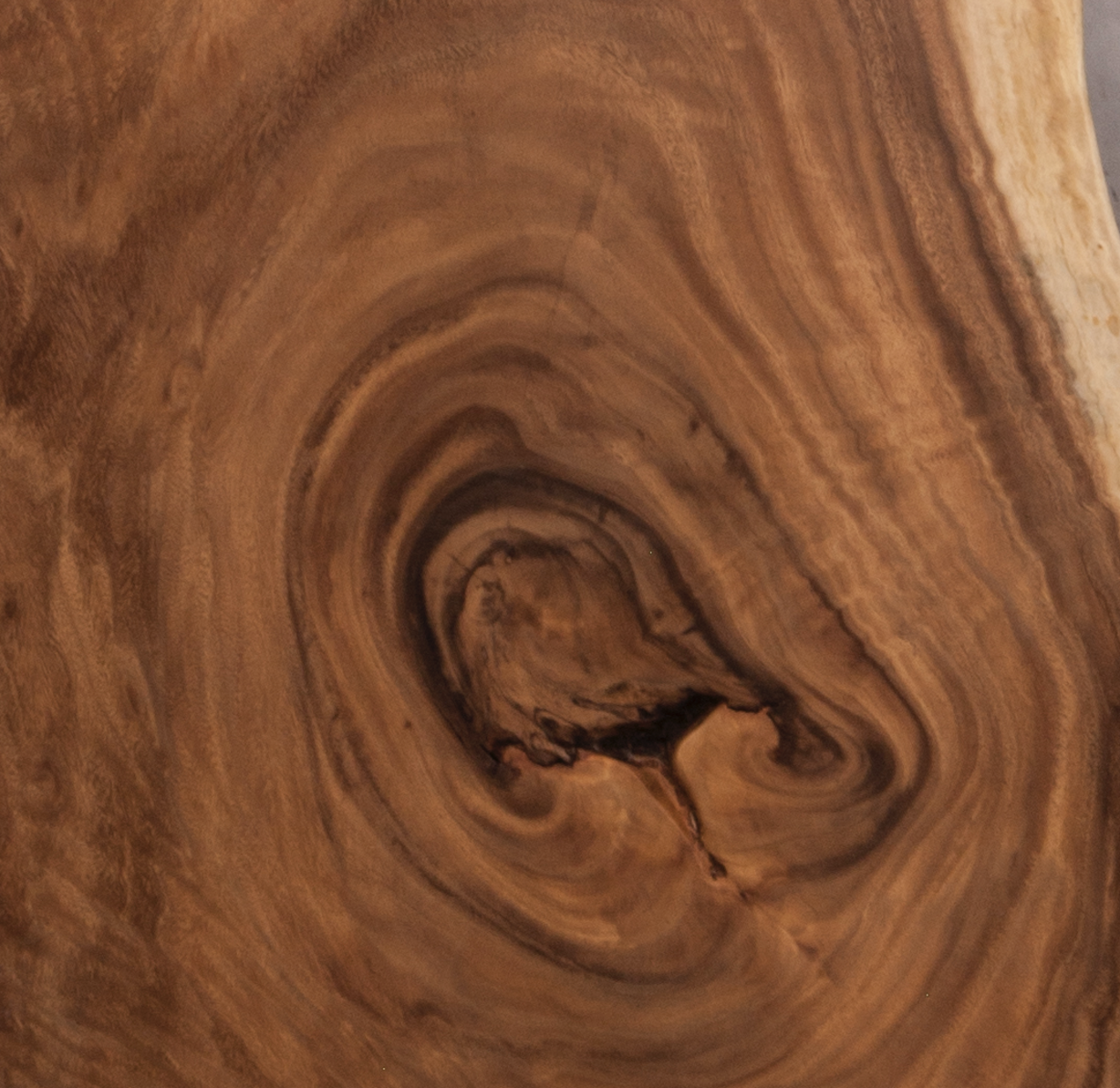 |
|
As for sustainability, the Monkey Pod tree is not in danger of extinction any time soon. It is currently not listed on the IUCN Red List of Threatened Species. Crafting the Perfect Live Edge Table: Why We Use Monkey Pod WoodWe use monkey pod wood for a few reasons: it's widely available and incredibly durable, yet it's beauty is second to none. This is why it's our wood of choice for our custom live edge slab shop! AVAILABILITYIn addition to the roads, parks, and pastures around the world where Monkey Pod trees have been planted, Monkey Pod grows plentifully in its native regions of Central and South America. DURABILITYAs previously stated, monkey pod is very dense (measuring at 38 pounds per cubic foot) and very hard (rated at 900 pounds of force). This is great for our custom live edge tables which can range from anywhere from 5 ft in length to over 10! |
BEAUTY
Monkey wood's beauty is what truly sets it apart from many other species. While the grain itself may be nothing special, it's the knots and splits that make all the difference. These creates very cool, interesting patterns that makes the table the center of attention for any room! In addition to the one-of-a-kind grain patterns, the contrast between the outer sapwood and inner heartwood come together to make a table that's trendy and oh so satisfying to gaze at every single time. |
The Hideaway Bar in Austin, Texas |
|
On top of the crazily pleasing patterns and charming contrast, the live edge of each table varies greatly. Remember those splits we were talking about? Those are the result of how we harvest the slab from the tree. Unlike most tables, which are crafted from planked wood, a monkey table is a slab from its inception, being harvested as a whole piece from the tree, from bark to bark. SUSTAINABILITY |
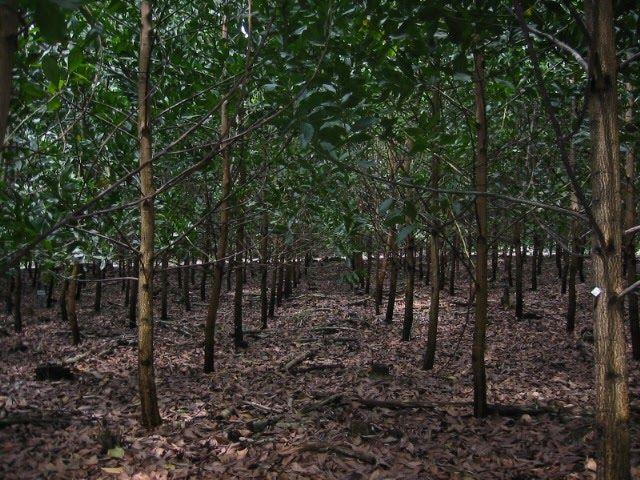 |
|
First and foremost, Monkey pod trees are widely available (as stated above), however we take extra steps to ensure that we harvest all wood in a 100 percent eco-friendly fashion. Every monkey pod slab we use is sourced from specialized tree farms. This ensures that each and every slab in harvested completely sustainably.
Wood Care: Tips For Maintaining Your Monkey Pod Wood FurnitureIt's important to note that this is a living, breathing piece of furniture. For a longer lasting piece, proper maintenance is vital! For a piece that can truly stand for generations, consider these tips:
|


